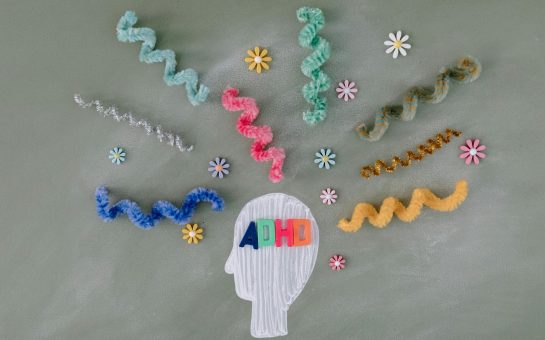This year marks the 60th anniversary of the discovery of something that many of us would not think twice about – the double helix structure of DNA.
Today, DNA (deoxyribonucleic acid to use its full name) plays an incredibly significant role in telling us how we are who we are.
Present in living cells, DNA carries the genetic code that defines us, from our hair colour to whether we can roll our tongue or not.
While the breakthrough has had lasting positive effects, it’s unlikely that the average person would be able to name the people behind it.
It was James Watson, a young American biologist, and fellow researcher Francis Crick, from Northamptonshire, who gathered their brilliant minds in the Cavendish Laboratory at Cambridge to come up with an idea that Crick later proclaimed was ‘the secret of life.’
They suggested that DNA was made up of interlaced spirals connected by base pairs carrying genetic information.
Professor Matthew Cobb, a professor of Zoology at the University of Manchester, believes Watson and Crick’s work was ‘momentous.’
“It was certainly the most important discovery in life sciences in the 20th century and probably the most important discovery since Darwin,” he said.
The 24-year-old Watson and the 36-year-old Crick had their findings published in the journal Nature on April 25 1953 where, after a sluggish reception, it dawned on the scientific world that this was a find even akin to the theory of relativity.
Watson and Crick weren’t the only people trying to work out the problem of how DNA was structured – in fact the very suggestion that DNA was genetic material had only come to light a decade earlier.
In the same journal their peers Maurice Wilkins and Rosalind Franklin, researching at King’s College in London, published their separate pieces.
Professor Cobb said: “The other two papers had data in them whereas with Watson and Crick it was just an idea, not the X-ray pictures of crystals of DNA which is what Wilkins and Franklin produced.
“Without their data Watson and Crick wouldn’t have had this flash of genius of realising that it must be in a double helix.
“Their paper describes the structure and the other two provide the confirmation of it.
“They were the geniuses who saw it. They were both incredibly brilliant and very lucky.”
That familiar structure itself is now firmly embedded in history as an iconic image, and deserves to be looked upon with the same awe as many other breakthroughs of the last century.
In this respect, Watson and Crick would not appear out of place on a list comprising Neil Armstrong or the Wright brothers.
Defining the structure of DNA – the ‘building blocks of life’ – was the culmination of much endeavour, yet at the same time would also mark merely the beginning of something else entirely.
Molecular biology has come a long way since, from cracking the meaning of the base pairs in the 1960s, to the first organism being subject to gene sequencing in the 1970s, and of course to the controversies over genetic modification.
In 1962 official recognition was given to Watson, Crick and Wilkins in the form of the Nobel Prize – Franklin had sadly died in 1958 and did not receive any posthumous award, yet Professor Cobb maintains with sexism being what it was at the time, it was unlikely she would have ever won such an honour.
Debate still rages over who should be credited with the double helix, not least because Watson and Crick were shown one of Franklin’s research photos – something which aided them crucially in their research.
However, in Watson and Crick’s subsequent paper published six weeks later, they identified that what was initially thought to be ‘boring’ about the molecule and the sequences within was the code containing the genetic information.
Professor Cobb said: “Those words – ‘code’ and ‘genetic information’ – you won’t find anywhere in Rosalind Franklin’s or Maurice Wilkins’ writings.”
He suggested the use of the phrase ‘genetic information’ changed the whole way that we now see the world.
Indeed, this is highlighted in the work being done in Manchester today – Professor Cobb’s research includes manipulating smell cells in maggots, while his colleagues are studying the nature of biological clocks – the reasons behind jet lag, for example.
He said the development in computer technology in particular but also in sequencing had utterly transformed DNA research.
Professor Cobb explained how the possibilities that have opened up have consequences for humans, with the idea of developing personalised medicine.
He added: “For people in families with genetic disorders it’s really important because you can decide whether you want to run the risk of even having a child.
“It’s important for empowering people, not for imposing or exploiting them.
“If we told Watson and Crick what was going to happen in the next 60 years, they would have dismissed it as fantasy.”
What may once have been seen as a pipe dream is now very real, especially for Watson as he is able to see, at the age of 85, the advances made thanks to his work.
His collaborator Crick died in 2004, aged 88.
These two scientists may have been separated at first by an ocean but they were joined by a vision to advance mankind’s understanding of a great mystery, and certainly succeeded.
Image courtesy of Craig Minchin via YouTube, with thanks
For more on this story and many others, follow Mancunian Matters on Twitter and Facebook.



